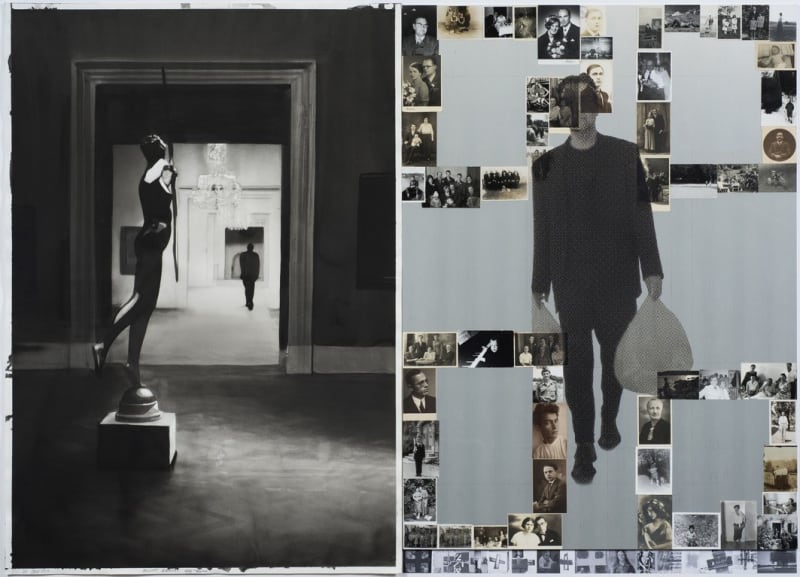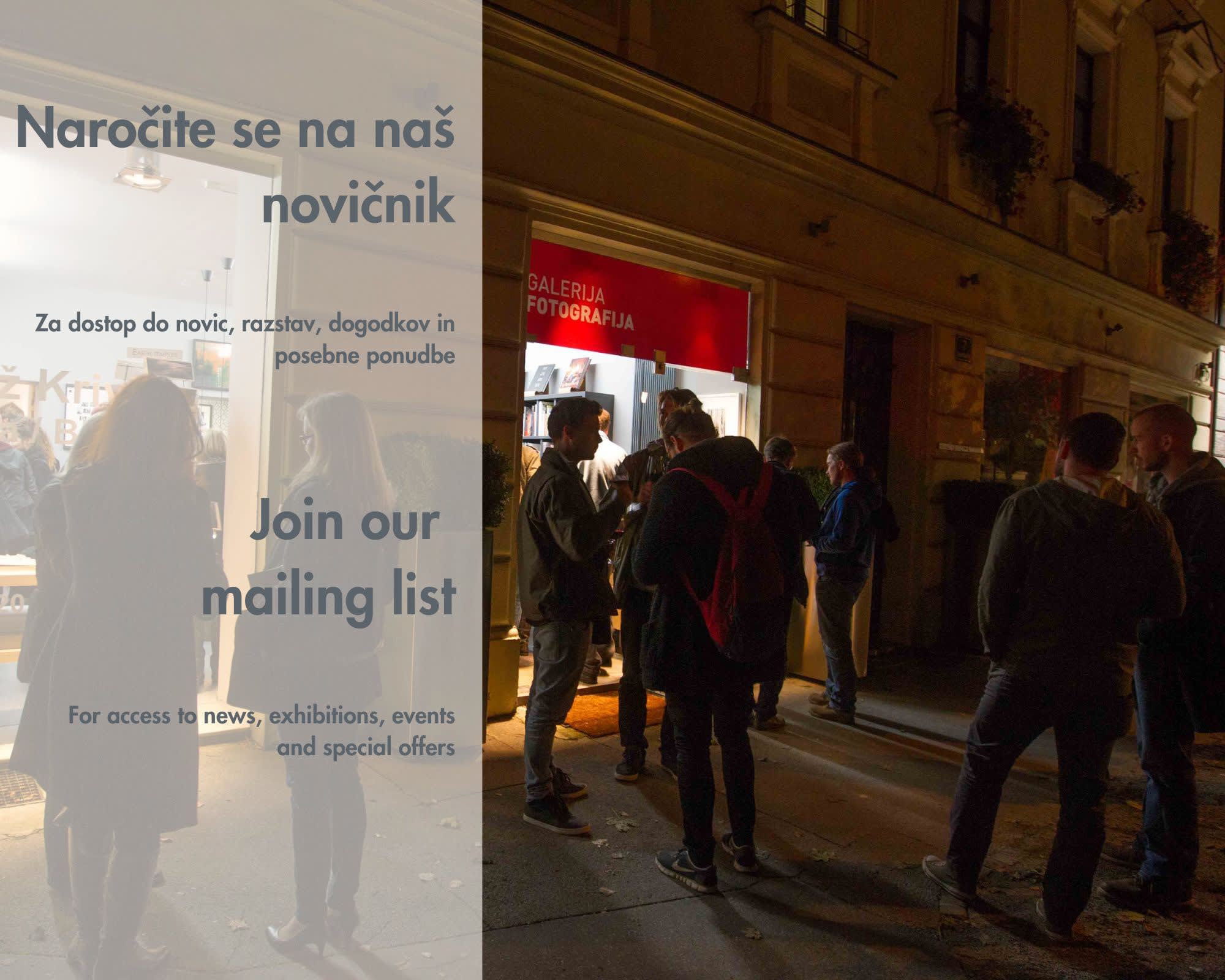Radenko Milak&Roman Uranjek: DATES7
Dates, a collaborative project by artists Roman Uranjek and Radenko Milak, which began nearly two years ago, reaches another milestone with the exhibition in Galerija Fotografija. The project has already given eloquent testimony to the reasons for its existence, and the new show is another stage and interaction among time, space, history, and politics, as well as a thought-provoking intellectual challenge for the viewer.
The unique relationship between Radenko Milak and Roman Uranjek has been shaped in part by the fact that each of the two artists was born and raised in Tito’s Yugoslavia and lived through its political collapse, the consequences of which remain palpable today. Though they belong to different generations and have different backgrounds (Uranjek was born in Trbovlje, Slovenia, while Milak was born in Travnik, Bosnia Herzegovina), they nonetheless have a great deal in common, for instance their perspectives on political history, society, and art, which creates common ground for their cooperative work as artists.
Radenko Milak reworks photojournalistic images by creating monochromic watercolours. However, he keeps some of the features of black and white photography, thus maintaining a reference to the origins of his artworks. Drawing primarily on topics from 20th-century history, he invests well-known or abandoned images with new meanings. Taking the translation of time to another level by using painting as his medium, he gives memories and forgotten moments the time and attention that they deserve. Some of these moments are cherished, while others are cast as disgraceful. In recent news coverage, some of these moments would be regarded as scandals fitting for the covers of the tabloids.
Roman Uranjek creates collages using various media. He collects images from different periods of history and presents them as one image, creating a narrative based on the avant-garde aesthetics of storytelling. By recalling these sorts of image-making methods, he expresses his relationship to the flood of news today, in which the quantity and speed of information overwrites the importance of its accuracy and gravity. His reoccurring symbol of the cross is a constant reminder of how a symbol is subject to change. In his works he presents an array of meanings that have been attributed to this symbol, from the traditional Christian meanings to processes of designation and marking, including in dictatorial emblems. He thus creates another level of significance for the cross as a motif, for example throughout the history of Christianity, when its meanings changed depending often on time, country, and history, up to where the grounds of interpretation lay. He raises the question: would it be possible to create a meaning of the cross which overwrites and overrides all of its previous connotations, making it serve primarily as a signifier of Uranjek’s work? While Milak chooses the dates, Uranjek opens the book of history and his own archive, matching dates of month and day, but not year. With this method he does not exclude parts of history, but rather includes them, hence his chosen art form: collage and its technical-medial potentials.
The new works, like the earlier ones of the joint series Dates, raise universal questions. The protagonists of the diptychs are taken from all over the world and from different historical periods, including the last century, however they still deliver strong messages for the present.
Together, the works by the two artists create a contemporary art puzzle, which bears countless layers of significance for interpretation. Depending on the spectator’s intention, the meanings of the artworks can be discovered at different depths. The narratives of the juxtaposed artworks are agile and able to transmit certain information in the first round, but with further research, the viewer can extend his or her understanding of both artworks to another level. Placed together, the two images create a second narrative, another puzzle or another story. The viewer searches for the reasons behind two particular pieces that have been paired. It can be assumed that the artists are inviting spectators to arrive at their own interpretations.
Events, happenings, and social and political situations on the diptychs can be paralleled with current times, firstly thanks to the visual language of the artworks and secondly because it is not hard to find stories similar to the ones appearing on the artworks in the inundation of media channels and news. The daily news is full of stories of legal cases, scandals, and crimes which highlight the difficulties faced today concerning segregation, integration, racism, violations of women’s rights, child abuse, dictatorships, domestic abuse, and the lack of basic human rights, even in countries declared and believed to be democratic. These events create dates, which determine our future, though on the other hand some of them disappear, falling out of our history and our collective memory. It is common practice among artists to take social situations from the daily news and history and create artworks as reminders of the particular events. In the case of Milak and Uranjek, it is important that the two of them use this ability together to create a sort of gesture, which is able to confront the past with the present. At the same time, they shed light on the fact that the notion of the progression of history and society is illusory and often merely serves to conceal the fact that we are living in a repetition of history.
Ani Molnár, the curator of the exhibition





